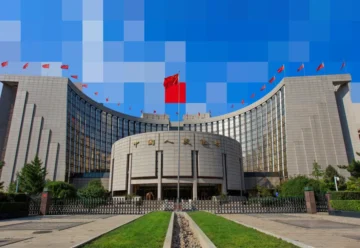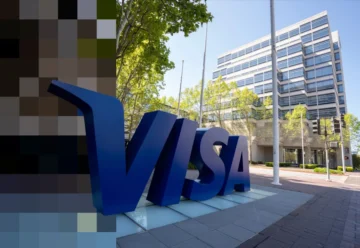Developers Plan to Revive Terra with New Network

The Terra blockchain network plans to create an entirely new network as part of a “revival plan,” arguing that calling the upcoming changes a hard fork is incorrect.
Terra developers are working on launching a new network instead of a hard fork. The blockchain’s official Twitter account reports this, highlighting the basic premise for this and explaining the difference between the fork and the “revival plan” ideas for Terra.
The network representatives claim that the blockchain can only be revived by creating a completely new blockchain, i.e., the new Terra 2.0 blockchain. The main difference between the “revival plan” and the previously proposed hard fork is that “the forked blockchain shares all of its history with the original chain,” while the developers propose to completely disconnect from the vulnerable network.
The Terra blockchain revival initiative was put to the vote almost a week ago. The old chain was proposed to be called Terra Classic (Luna Classic token — LUNC), while the new chain without an algorithmic stablecoin would leave the original name — Terra (Luna token — LUNA). As of this writing, more than 65% of validators support the proposal, but the vote continues.
The key challenge for the apps and protocols of the original network, which the community has already begun to call “old,” is the need to migrate them to the new network manually. There can be no automatic migration because Terra developers aim for a completely independent Terra 2.0. However, according to the project’s representatives, the DApps developers are ready for the migration and its difficulties.
Recall that the need to “revive” the Terra network arose after the validators decided to stop the blockchain completely after the FUD attack on the UST algorithmic stablecoin.











